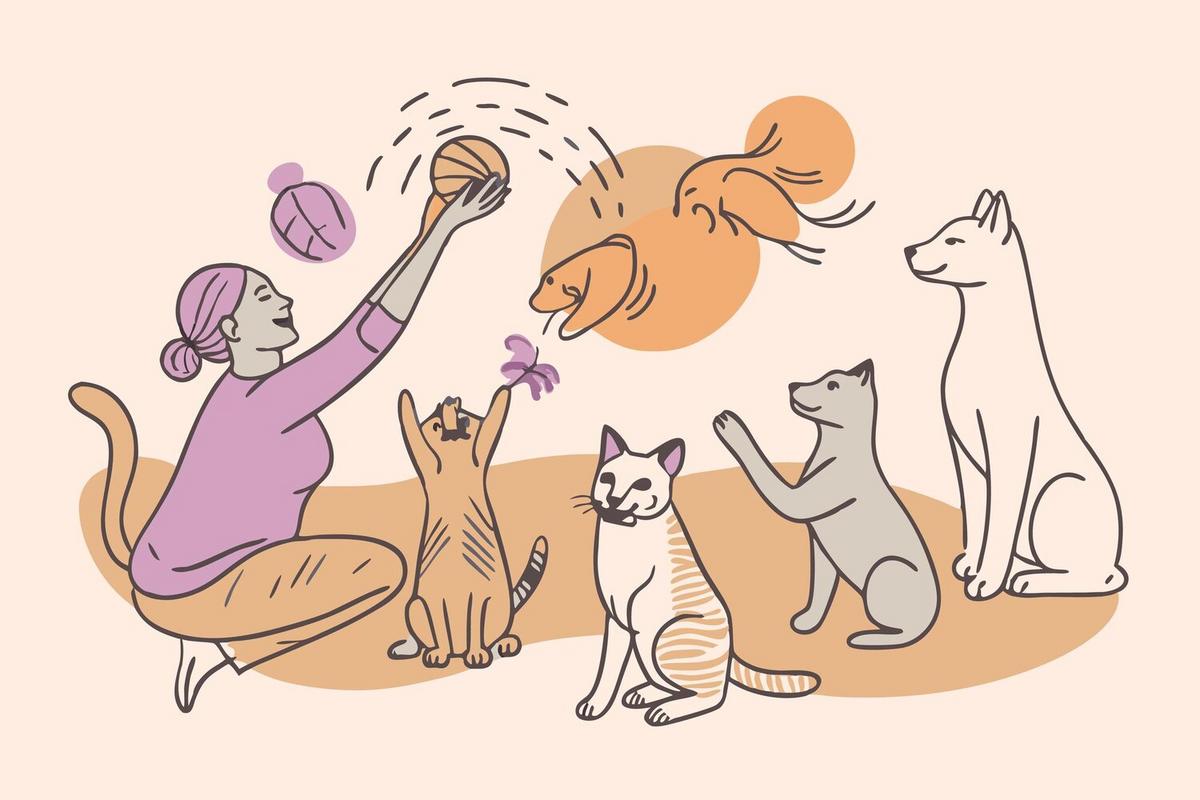
The Science of Feline Behavior: Decoding Your Cat’s Actions
Ever wondered why your cat spends hours staring at a blank wall or suddenly dashes across the room? Feline behavior is a fascinating blend of instinct, communication, and environment, and decoding these actions can deepen the bond between you and your furry friend.
Understanding Feline Instincts
Cats, by nature, are creatures of instinct. Their behaviors often stem from ancestral survival tactics. For instance, the sudden ‘zoomies’—those bursts of energy—can be traced back to wild cats needing to practice hunting skills.
Expert Insights
Dr. John Bradshaw, a renowned animal behavior expert, notes, “Cats are both predator and prey in the wild, which influences their behavior profoundly.” This dual role can explain a cat’s cautious nature and occasional skittishness.
Research Findings
According to a study published in the Journal of Feline Medicine and Surgery, over 50% of domestic cats exhibit behaviors like scratching and climbing to mark territory and maintain claw health.
Observing Your Cat’s Signals
Cats use body language to communicate. A softly twitching tail, for example, can indicate curiosity or mild irritation. Meanwhile, a cat showing its belly is often misinterpreted. While it can mean trust, it’s not always an invitation for belly rubs.
Actionable Tips
- Provide vertical spaces like cat trees to satisfy climbing instincts.
- Engage in regular play sessions to mimic hunting activities.
- Observe and respect your cat’s personal space to build trust.
To better understand your cat’s behavior, keep a journal of their activities and note any changes. This can help identify patterns and potential issues early on.
Personal Anecdotes
Take the case of Emily, who noticed her cat, Whiskers, constantly knocking objects off tables. Initially perplexed, she realized it was Whiskers’ way of seeking attention, especially when she was preoccupied with work.
Comparison Table of Common Cat Behaviors
| Behavior | Possible Explanation |
|---|---|
| Kneading | Comforting habit from kittenhood |
| Chirping | Excitement or frustration, often when spotting birds |
| Hissing | Feeling threatened or scared |
| Slow blinking | A sign of trust and affection |
| Purring | Contentment or self-healing |
| Scratching | Territory marking and claw maintenance |
| Nipping | Overstimulation or playful behavior |
| Tail flicking | Agitation or excitement |
Frequently Asked Questions
Why does my cat purr when I pet her?
While purring often indicates contentment, it can also be a self-soothing mechanism, especially if your cat feels unwell.
What should I do if my cat becomes aggressive?
First, identify any potential stressors, such as new pets or changes in the environment. Consulting a vet or a feline behaviorist can provide additional guidance.
Conclusion: Building a Bond Through Understanding
By paying attention to your cat’s unique behaviors and understanding the underlying reasons, you can enhance your relationship with your feline companion. Remember, each cat is an individual, and what works for one might not work for another. Explore more resources on feline behavior at reputable sites like the International Cat Care website and start decoding your cat’s actions for a happier, more harmonious home.